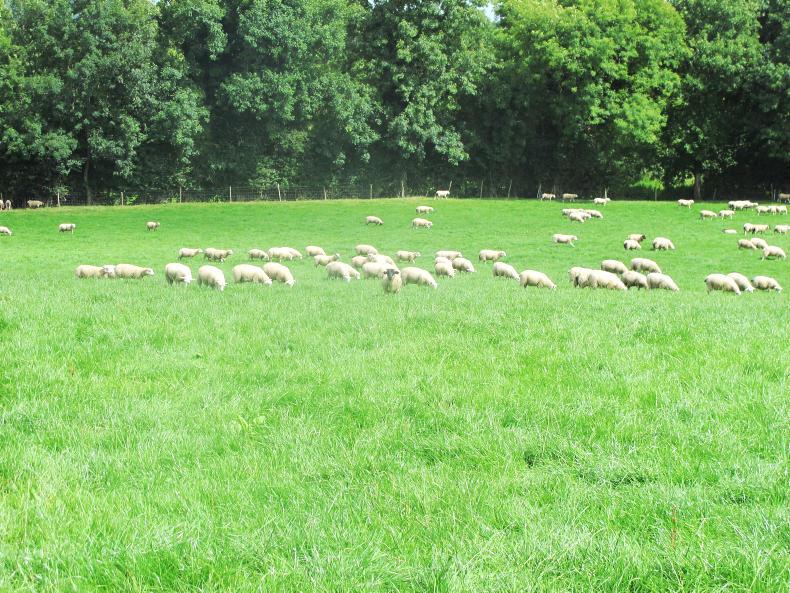The breeding season is drawing to a close here for another year with the rams being removed from the different groups on Friday 17 November, after a total of seven weeks.
For me, this is a long enough breeding period because when spring comes around, I have a definite end date to my lambing. This, along with the regular changing of the raddle colour, also allows me to predict when things will be busy and be able to take on any extra help required.
The rams can often be forgotten about until next year’s breeding season draws to a close but giving them a little bit of attention at this point doesn’t go astray, especially for any young rams that have been used. Last year, I put mine into a shed at this point. I found it easier to look after them and I didn’t have to worry about them mixing with ewes by accident.
I have nearly 60% to 65% of the farm closed here for the winter period and despite the grazing conditions being unfavourable at times, I am keeping to target.
I will avoid the temptation to regraze any of these closed paddocks again this year as it would be akin to robbing Peter to pay Paul and it is more economic to house ewes early than supplement ewes rearing lambs with concentrates next spring. I should have enough grass built up on the remaining ground to keep the ewes out till mid to late December as long as weather conditions don’t deteriorate too much in the meantime.
The lambs are reducing in numbers here with the regular appearance of the factory lorry.
Currently, I have only 10% remaining here. They adapted to life in the shed very quickly without much trouble. I plan to go through them again this week and draft off any that are factory ready. It is even more important to do this regularly when they are housed as lambs can get over fat or heavy in a short period of time, adding extra costs. I find that sometimes people looking at the free meat given away, do so in a simplistic way, to what is really a price cut per kg produced.
For example, say I sell a 23kg lamb carcase which is paid to 22kg at €4.80/kg, I will get back €105.60.
However, in reality, the actual price per kilo produced is €4.59 (another way of looking at it is if I was to be paid for every kg that I sent to the factory I should have been paid €110.40 – so in actual fact the factory receives €4.80 worth of free meat and repeat this by 100 lambs and you are gifting the factory €480.) Therefore, I try to draft my lambs as close to the ideal weight as possible without going over weight.
Waste disposal
Last week, there was a hazardous waste collection at Kilkenny Mart. I took the opportunity to rid myself of the various items around the farm.
These included old sprays that I had recently come across while cleaning up.
I also got rid of my collection of used needles and out of date medicines.
Having these organised collections, I think, helps farmers dispose of waste that they aren’t sure how to go about getting rid of. Hopefully, this service will be maintained for the years to come. If they are organised on a regular basis and advertised clearly, I think farmers will make use of this service, storing waste until the appropriate collection day.
